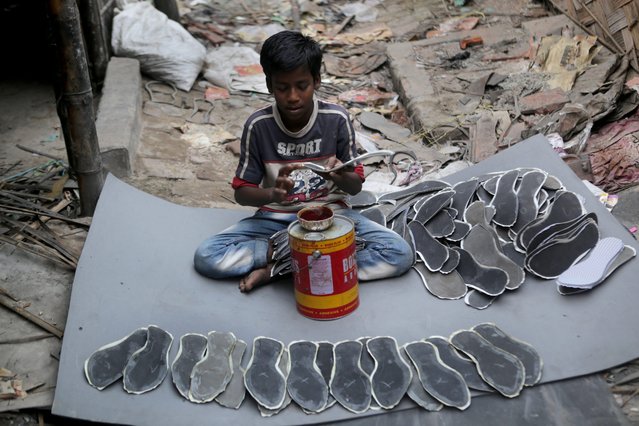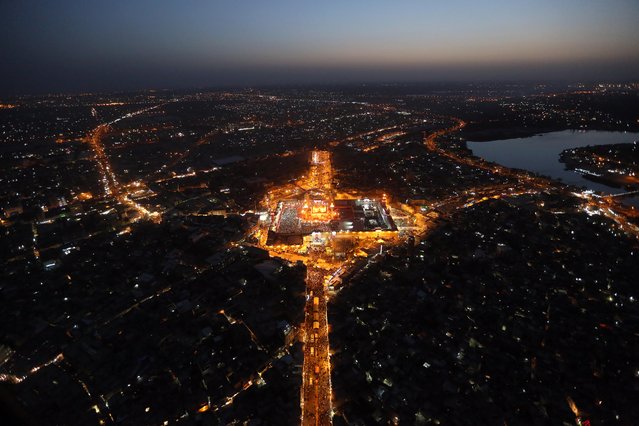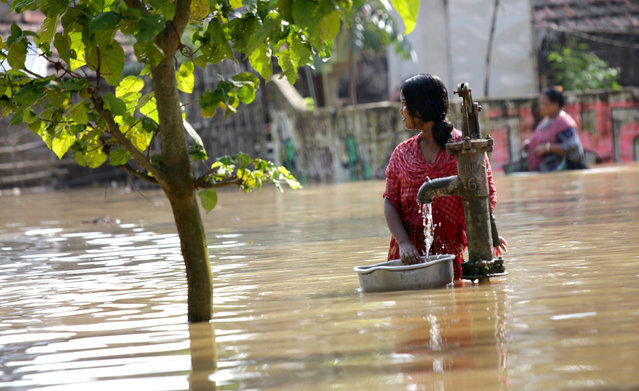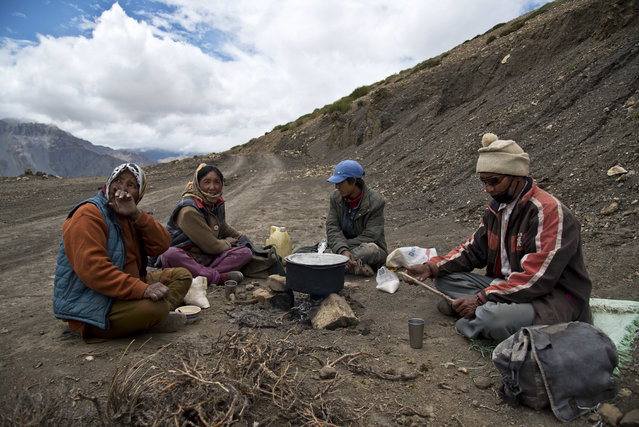
Passengers climb to board an overcrowded train at a railway station in Dhaka August 8, 2013. Millions of residents in Dhaka are travelling home from the capital city to celebrate the Muslim Eid al-Fitr holiday, which marks the end of the Muslim holy fasting month of Ramadan. (Photo by Andrew Biraj/Reuters)
09 Aug 2013 08:48:00,post received
0 comments







